Fisker Ocean price, interior, range, and more
Here’s everything you need to know about the Fisker Ocean, the self-proclaimed “most sustainable vehicle”
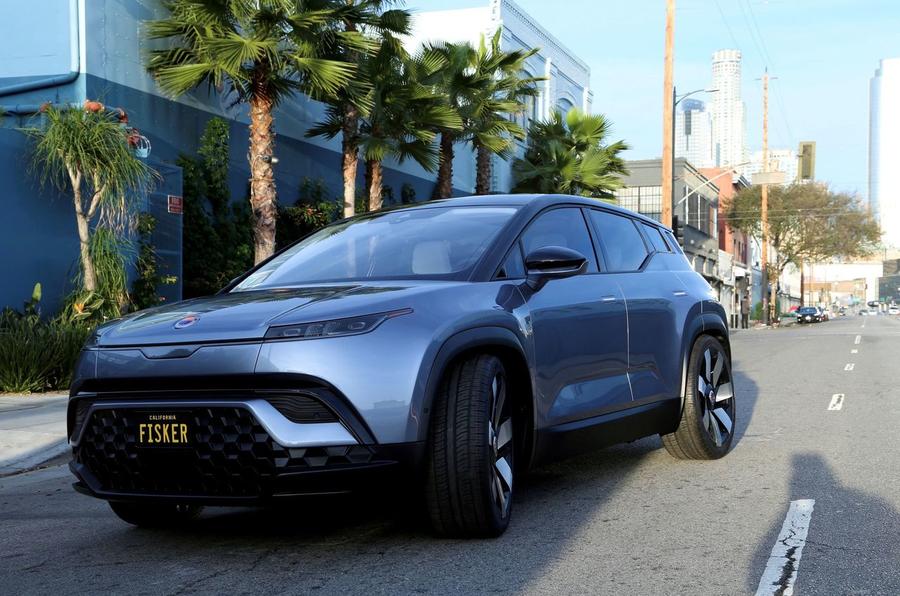
Release Date: 2023
Price: From $37,499
Power: Dual Motor AWD
Battery range: up to 350 miles
0-60 mph: 3.6 seconds
Smarts: Intelligent Pilot autonomous driving, auto park, rotating touchscreen, SolarSky roof, Smart Traction, Traffic Jam Assist
The Fisker Ocean SUV is coming, and heading into the growing electric SUV market. That means competition is going to be fierce, and the Fisker is going to need to offer something special. Because it’s not going to be easy to grab the hearts and minds of drivers.
But Fisker has plenty of things to offer, including a solar-equipped roof, 350 miles of range, recycled materials, and a price tag that rings in under $40,000. While there aren't a great many details about the car, here's everything we know about the Fisker Ocean so far.
Fisker Ocean: Release window and price
The first Fisker Ocean models were due to arrive towards the end of 2021, or early 2022 at the latest. Apparently Fisker has secured a “strategic global and localized supply chain” with expectations that it will produce more than a million cars between 2020 and 2027.
However things have now changed, and the automaker has confirmed the car won't be going into production until November 2022 — following a launch at the LA motor show in November 2021. The European debut happened in February 2022 at Mobile World Congress in Barcelona. Deliveries are on track to start sometime around February 2023.
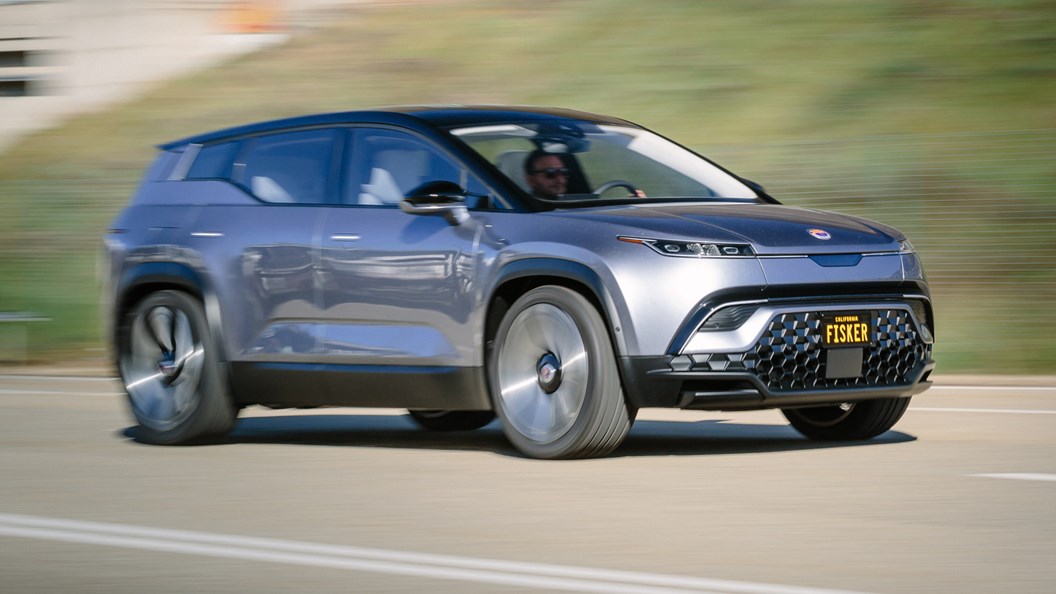
The wait may be a good thing, considering it would have been a tall order to get those cars ready before the end of this year.
From a price angle, things are looking quite reasonable. The Fisker Ocean is set to start at $37,499 for the base Ocean Sport trim. The middle-trim Ocean Ultra starts at $49,999, while the more premium Ocean Extreme starts at $68,889.
Fisker is also set to offer the Ocean through a flexible leasing programme, secured with a $2,999 'initiation and activation fee'. That lease offers 30,000 miles a year, includes maintenance and service. Sign-ups are open now, with a $250 refundable deposit.
Get instant access to breaking news, the hottest reviews, great deals and helpful tips.
Fisker seems to have so much faith in the Ocean that it's just announced a second EV. The Fisker Pear is due in 2024, with a $29,900 price tag.
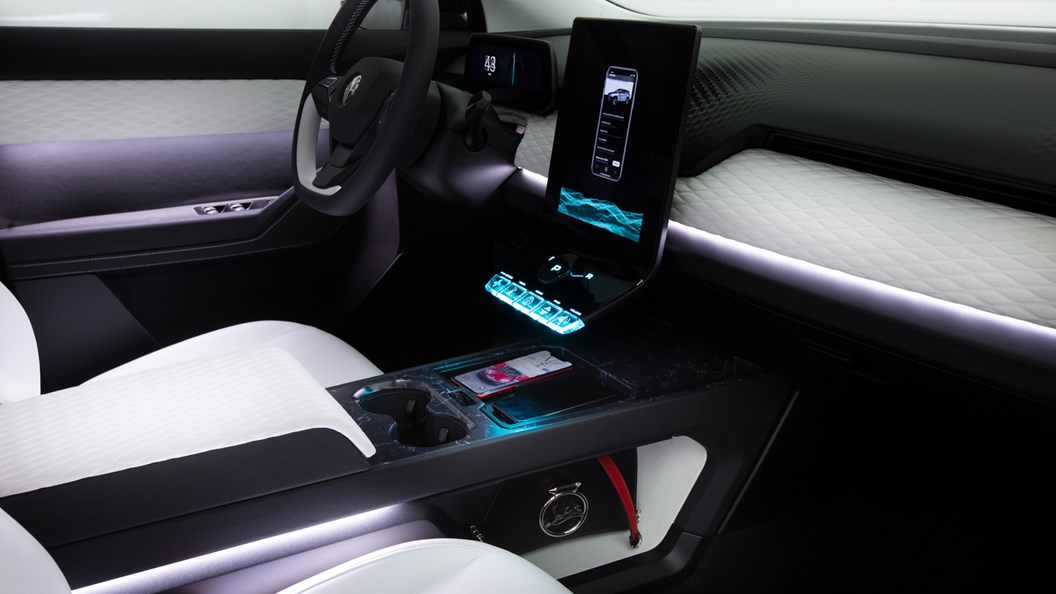
Fisker Ocean: Design and interior
From the outside the Fisker Ocean looks very much like your standard SUV. It has room to comfortably fit five passengers, though we don’t have any specific dimensions yet. From the outside it looks like there’s plenty of room inside, and hopefully that also translates to trunk space.
Fisker also claims that the car has “the highest five star safety rating,” thanks to prominent side impact protection beams. But we haven’t had any official statements from the National Highway Traffic Safety Administration or any other regulator in charge of crash testing cars.
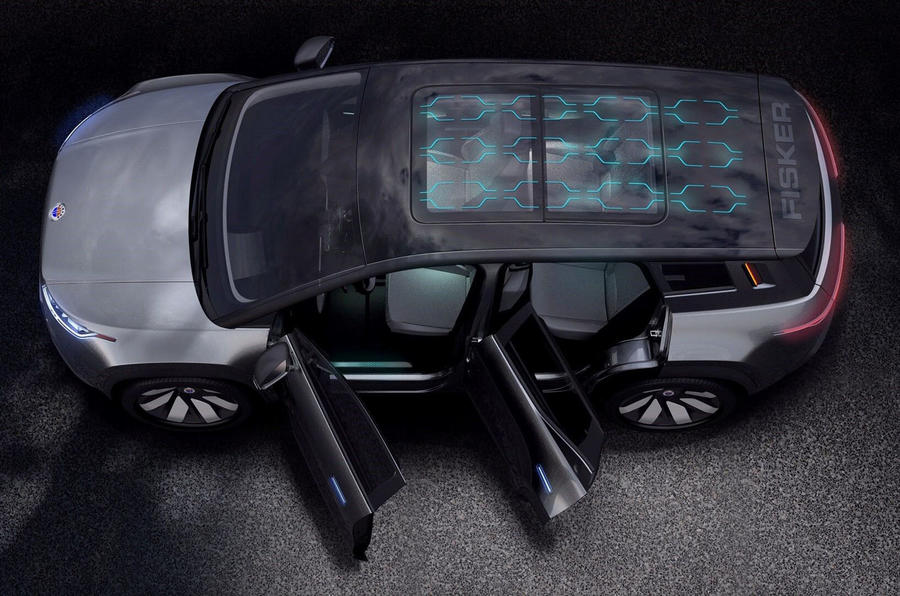
Like a lot of electric cars these days, there will be a large 17.1-inch touchscreen control panel on the dash, alongside a digital gauge cluster.
This screen debuted at the LA Auto show, and is capable of rotating between landscape and portrait orientations at the push of a button— portrait being the default. However this particular feature will only be available on the $68,889 Fisker Ocean Extreme.
The Fisker Ocean is also set to come with a heads-up display and some sort of modern infotainment system. Details on that are scarce, but the company has hinted at a Karaoke mode, similar to Tesla's ‘Careoke’ feature.
The Ocean is also set to be made from a variety of recycled materials, which Fisker claims makes the car “the world’s most sustainable vehicle." Whether that comes true has yet to be seen, but we can still expect an interior that is “100 percent vegan” and made from things like recycled fishing nets, bottles, tires, and worn out t-shirts.
Fisker Ocean: Battery and range
The Fisker Ocean will have a pretty hefty battery pack, packing in at least 80 kWh. Recharging can be done at speeds up to 350kW, via Electrify America's network, and will restore 200 miles of range in around 30 minutes.
According to Fisker the entry-level Ocean Sport will get 250 miles of range, and uses a similar kind of lithium ion phosphate battery to the ones Tesla puts in its own low-range cars. These batteries, while lacking in energy density, are significantly cheaper and more stable than the alternatives, and don't require nickel or cobalt.
Meanwhile the Ocean Ultra and Ocean Extreme will offer 340 and 350 miles, respectively. These use lithium-manganese-cobalt-oxide batteries.
Fisker has also promised that the solar panels in the Ocean's roof will offer an additional 1,000 miles of range every year, which is an average of 2.7 miles every day. However the amount you generate will obviously depend on the local weather and climate. Because someone living in New England isn’t going to get as much sun as someone living in Southern California.
Fisker has previously talked about its work researching solid state battery technology, which is essentially the holy grail in the EV world. If successful (and that's a big if), Fisker claims the battery can recoup 500 miles of range in a single minute. pretty bold claims, but don't expect this to happen anytime soon
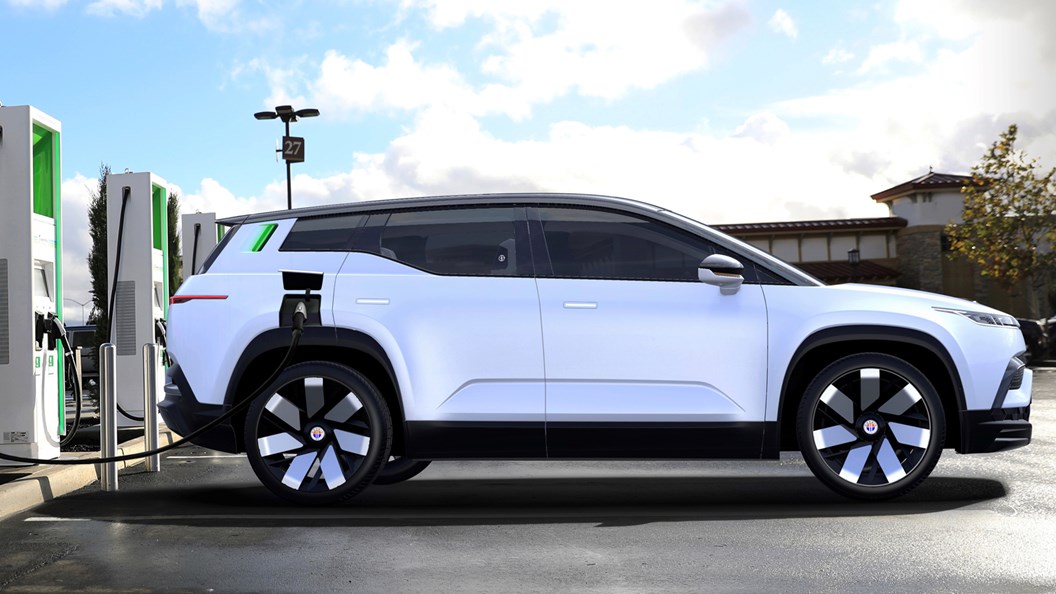
Fisker Ocean: Performance
The Fisker Ocean has some pretty solid performance for a car of its size, or at least that’s what we can tell based on the specs Fisker has released so far. All models will have two motors, one on each axle, while there will be two and four wheel drive variants.
The most powerful model is the Ocean Extreme, which packs in 550 horsepower and can go from 0-60 in 3.6 seconds. That won't break any records, but it's an impressive time none-the-less. After all it's only just beyond the Performance model Tesla Model Y, which clears 60mph in 3.5 seconds.
The Ocean Ultra has 540 horsepower and clear that speed in a slightly lower 3.9 seconds, while the entry-level Ocean Sport has just 275 horsepower and a 0-60 time of 6.9 seconds.
While the Ocean Sport only has a single front wheel motor, the Ultra and Extreme will offer a dual-motor AWD setup.

Fisker Ocean: Autonomous features
The Fisker Ocean Extreme and One models are set to include the Fisker Intelligent Pilot autonomous driver assistance system — designed to enhance driver safety and comfort while on the road. This is powered by a "Digital Radar System", made up of front and rear radar sensors, ultrasonic sensors, five exterior cameras and a final camera to monitor driver attentiveness.
Fisker claims this system can better differentiate between objects and pedestrians, compared to analogue radar, and with greater precision to boot. it's also capable of determining different sized objects moving at different speeds, rather than as one big obstacle.
Features mentioned by the automaker include emergency braking, collision warning, lane keep assistance, speed assist, lane departure avoidance, and traffic sign recognition. Also coming is 360-degree 3D surround view, door opening warnings, parking spot finders, adaptive cruise control and automatic parking functionality — that last one is still rather rare, even among hi-tech EVs.
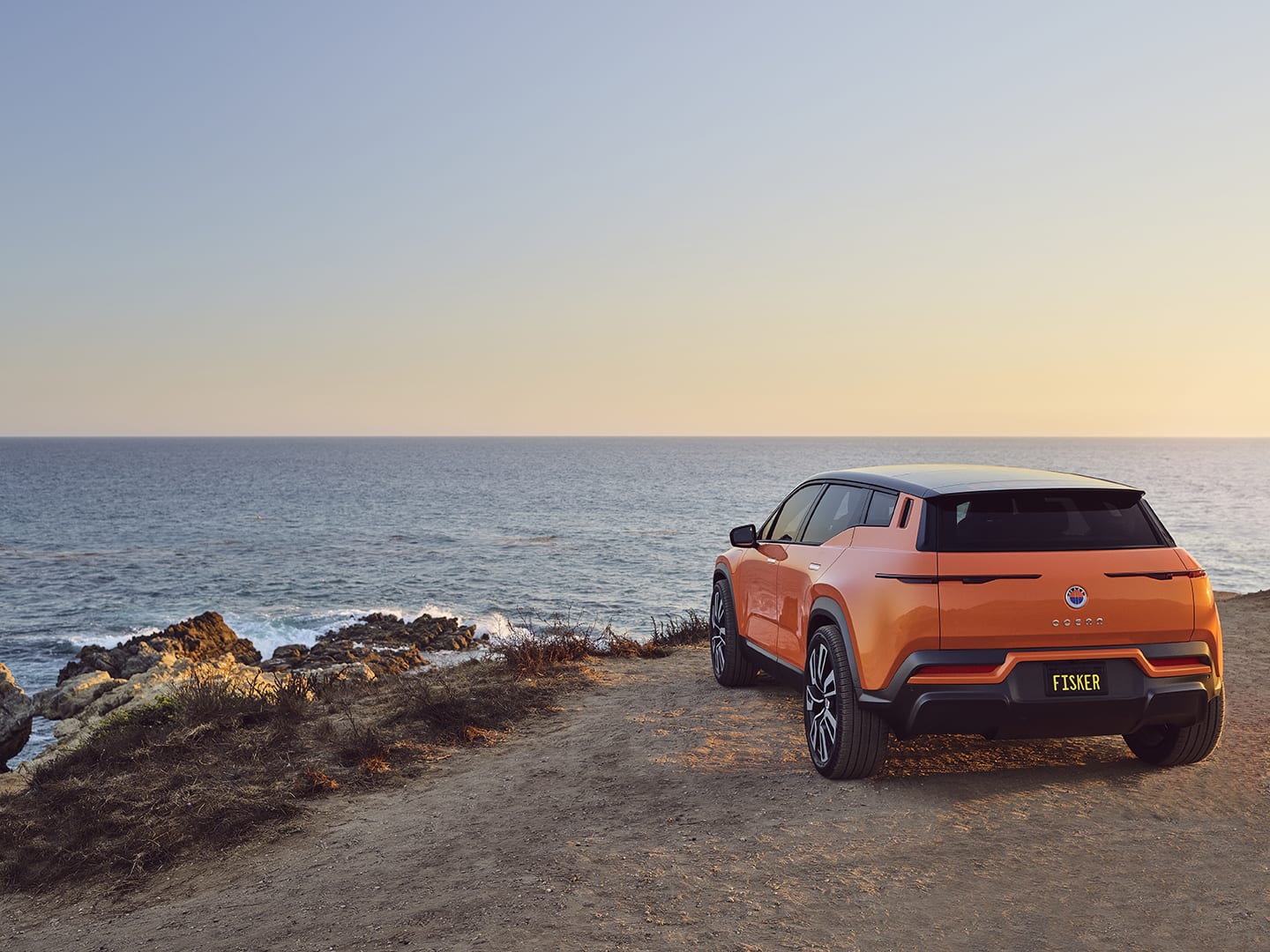
Fisker Ocean: Outlook
It seems as though every automaker has its sights on the electric SUV market, including the premium car makers like Porsche and Bentley. So is newcomer Fisker going to be able to compete with the brands that have had decades to establish themselves? That’s not clear yet.
And we can’t say anything definitively until we hear more about the car. But from what we know right now, the Fisker Ocean is ticking all the right boxes. Long range? Check. Affordability? Double check. Luxury? Certainly seems that way.
It’s certainly a car to keep your eye on as time progresses. Sadly the fact deliveries won't be happening until sometime in 2023 means there's going to be a lot of steep competition. Hopefully the Fisker Ocean's sub-$40K starting price, which makes it one of the cheapest electric cars, will be enough to make it stand out among some of the pricier alternatives on the market.

Tom is the Tom's Guide's UK Phones Editor, tackling the latest smartphone news and vocally expressing his opinions about upcoming features or changes. It's long way from his days as editor of Gizmodo UK, when pretty much everything was on the table. He’s usually found trying to squeeze another giant Lego set onto the shelf, draining very large cups of coffee, or complaining about how terrible his Smart TV is.
